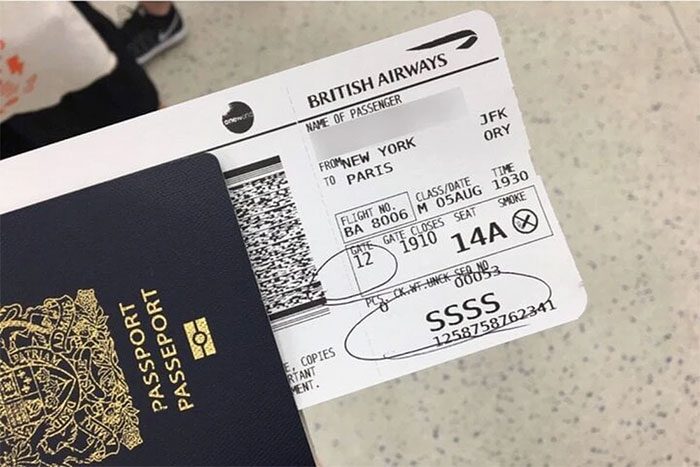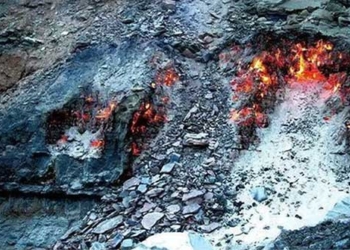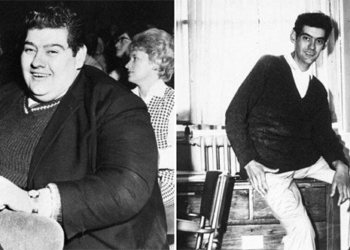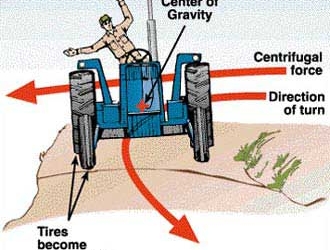If the code “SSSS” appears on your boarding pass, you may undergo a more thorough and stringent security check. But what does the four S’s on the boarding pass mean?
The boarding pass reveals a lot of data related to the passenger, not just the destination, departure time, and seat number. For instance, if the code “SSSS” appears on your boarding pass, you might be subjected to more rigorous security checks.
Understanding the Meaning of the Four S’s on the Boarding Pass
SSSS stands for Secondary Security Screening Selection, meaning the selection for secondary security screening. The code “SSSS” is printed randomly, and the random passenger checks aim to ensure flight security; hence, not every boarding pass will have this code.

The meaning of the four S’s on the boarding pass is not widely known. (Photo: princeoftravel)
A passenger with a boarding pass marked with four S’s means they have been selected for additional security checks, which includes a more thorough examination of luggage and personal items compared to other travelers. Therefore, this is a code that no passenger wishes to see on their boarding pass.
Aviation experts indicate that, in addition to undergoing more extensive security checks than usual, passengers with the four S’s on their boarding passes may be asked to provide additional information to verify their identity and present their travel plans. Checks related to the SSSS code primarily occur with international flights to and from the United States.
Other Special Symbols on the Boarding Pass
Besides SSSS, if you see the three-letter code GTE on your ticket, you should be cautious. This is a signal indicating that your flight is oversold compared to the actual seating available. As a result, you may not have a seat. Many airlines often do this to maximize profits, as numerous passengers tend to cancel at the last minute.
Ticket agents are aware of this but will never inform you. They are trained to reassure customers even when they are certain that the opposite will happen. In fortunate cases, passengers with tickets marked with this three-letter code may still be able to board the plane.
The boarding pass may also contain other codes; for instance, the first two letters of the flight number indicate the airline. These two-letter codes are issued by the International Air Transport Association (IATA).
You may also see other letters on your boarding pass, such as WCHR (passenger using a wheelchair) or CHML (request for a children’s meal on board).





















































